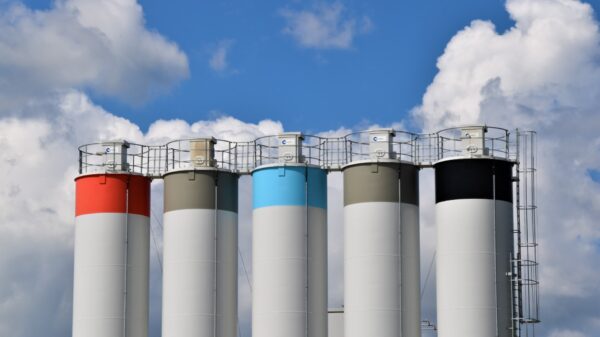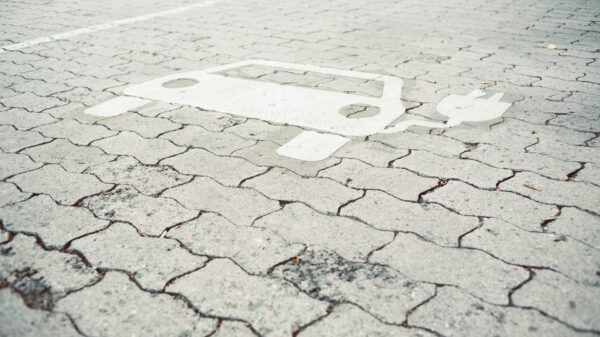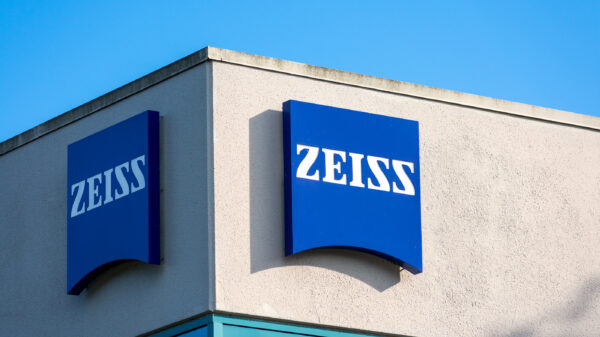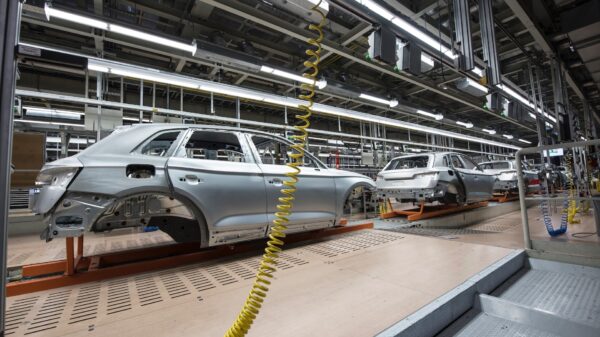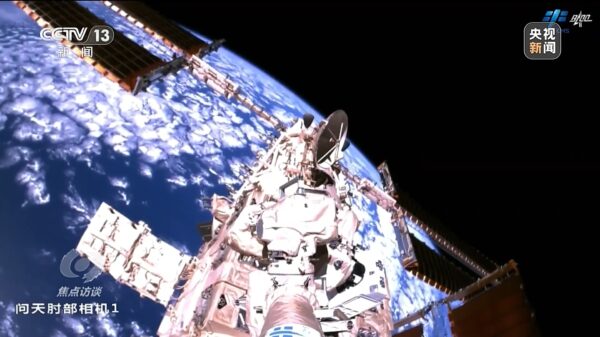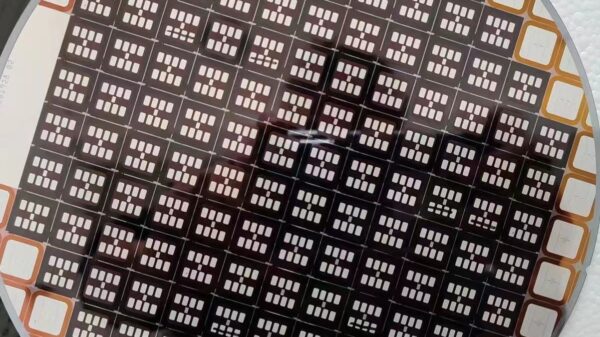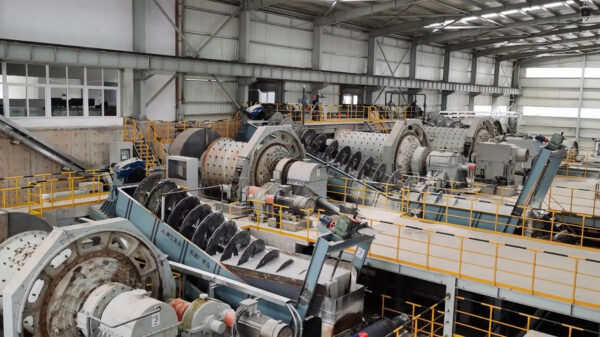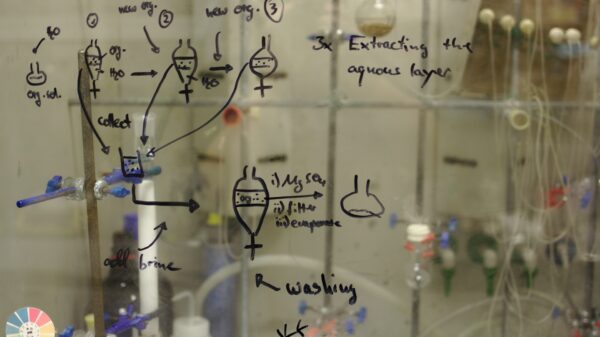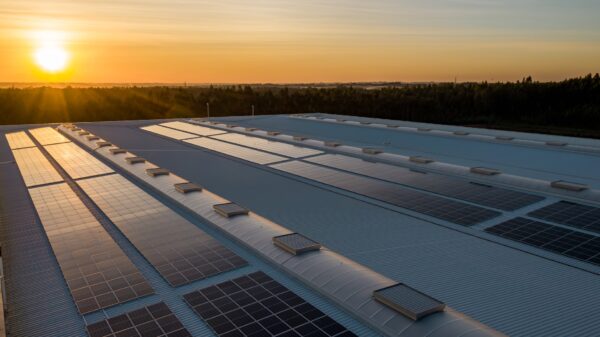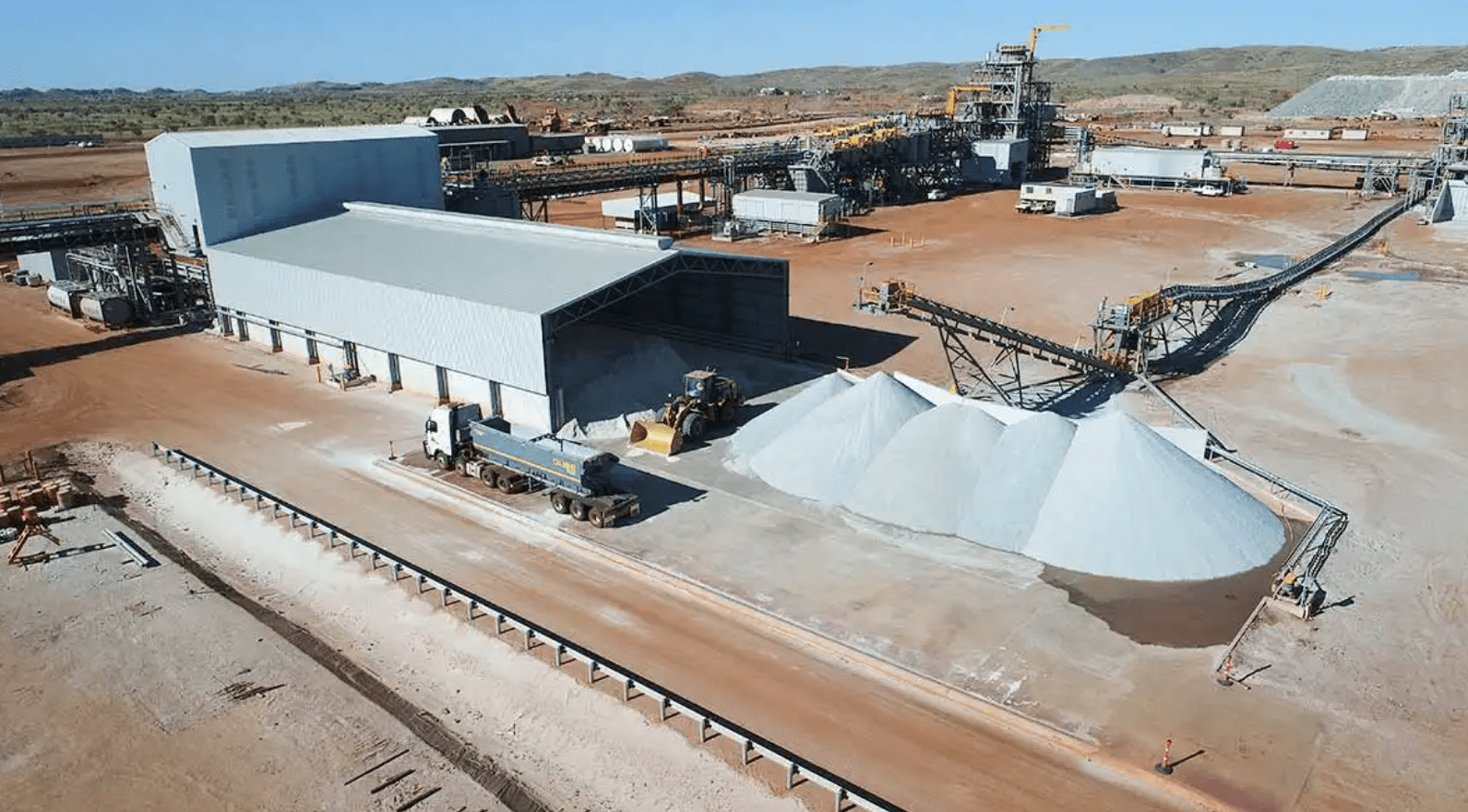Huayou Cobalt, a leading player in the cobalt industry, recently marked the initiation of its first lithium salt production line in China, signifying the project's transition into the production commissioning phase. The ceremony was hosted by Guangxi Huayou Lithium Industry Co. Ltd., a wholly-owned subsidiary of Huayou Cobalt. The new project boasts an annual production capacity of 50,000 tonnes of battery-grade lithium salts.
This landmark development in the Chinese lithium industry in 2023 joins the forward momentum of various domestic lithium salt projects. The sector's dynamism is being driven by considerable industry interest in the. . .


